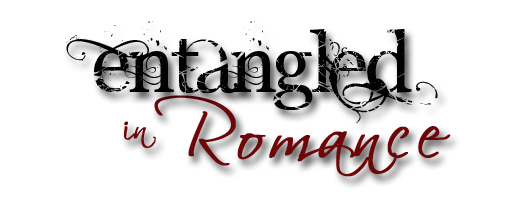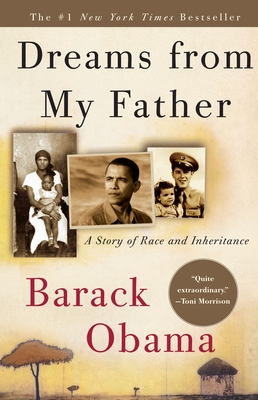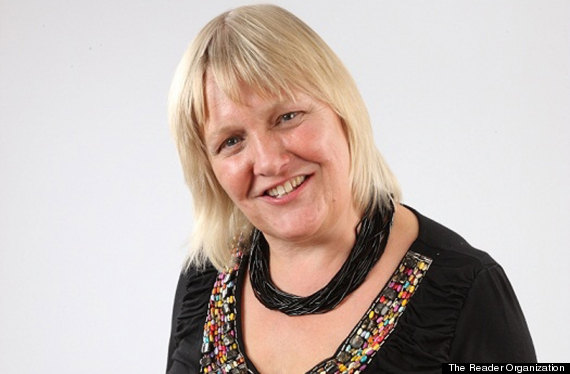I've lived in New York City for about seven years now, and for all seven of them I have been saying, "Man, I really want to visit
the Morgan Library."
This weekend, though, I finally went. (Why it took me so long to actually put that want into action, I will never know.) Armed with three of my fellow booklovers, we powered through every public exhibit in about two hours.
The main attractions: the Beatrix Potter special exhibit, "
The Picture Letters," and the standard
Pierpont Morgan's 1906 Library.
My reaction to said main attractions: *jaw dropping*
The Beatrix Potter exhibit was incredible--with letters, sketches, photographs, original merchandise, and more, the famed Peter Rabbit author's career comes to life before your very eyes. The delicacy of her lines, the graceful loops of her script--it was all just beautiful. I would have loved to get some pictures of some of my favorite pieces to share with you all but photography wasn't allowed.
Not only were the pieces themselves stunning, but it was a very educational trip, as well. My knowledge of Beatrix Potter herself, I'll admit, had previously been limited to what I "learned" in the
2006 Renee Zellweger film Miss Potter, so the exhibit was enlightening. Potter's personality shines through every piece on display--her solitary nature, her love of children, her subtle sense of humor, her passion for her work and perfectionism (she was one of the first "self-pubbed" authors, in fact).
And then...and then there was Morgan's actual Library and his little "reading room." The Library is filled with floors and floors of deliciously old-smelling, leather-bound books, rare manuscripts, ceiling murals, sculpture, and more.

Charles Dickens's original MS for
A Christmas Carol, for example, was even on display just as we entered the room (with a placard noting that he delivered the MS to his publisher in early December and it was published by Christmas...I got a good chuckle at that one!).
I don't quite know what to say about it all as I was dazed as I walked around in awe.
The reading room was a different story. Dimly lit, tall-ceilinged, and covered in crimson and velvet, the lush room was gorgeous. I wouldn't want to read there myself--I need more comfort and less pomp and circumstance--but it was stunning in its decor. I was particularly impressed with the fireplace--so large I could step in it and throw some dust, shouting "Diagon Alley!" just for fun--and the two-floor book safe (yes, a BOOK SAFE).
*sigh*
Remind me to go back to the Morgan for more book love sooner rather than later, okay, friends?


























